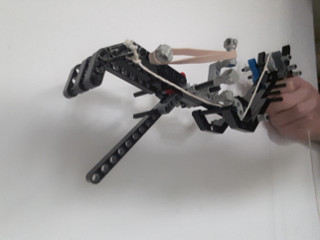I was amused by a recent HackADay comment that mentioned that there are very few magic features on its pages when magicians and makers are so much alike. As someone that lives in both worlds (albeit under the stage name, James Merlin, in the former) I thought I would collect my thoughts - and my projects - by way of a follow-up.
Firstly, are all magicians also makers? Not as much as you'd think. There are four folk in our 20+ person magic club that I would consider at the intersection of that Venn diagram. The others in the club will buy their props, rather than make them. From my previous magic clubs, this is not an uncommon ratio - it is, after all, easier to buy magic than it is to invent and build it.
Secondly, and most obviously, we don't talk about making because of the secrets. Most of the gimmicks we make are never intended to be seen by the world. These "special somethings" are, and should be, invisible. And even if I tell you the gadget, and leave you to figure out which trick it appears in, there are enough folk online who'll manage to piece the two sides of the puzzle together.
As for the electronic and mechanical examples that HaD featured - as a maker I love them all! But, as a magician, I find it difficult to trust any device I've not built, especially when a trick relies on it. (What would YOU do if a battery died, or a wire became disconnected, mid-show?) Consequently, I've forced myself to devise methods for the tricks I see that use electronics. The effects you can achieve by having barcodes on the edge of the deck, for example, can be done in at least two different ways so why risk the tech?
 For more details see the LEGO Psycho Automaton page.
For more details see the LEGO Psycho Automaton page.
My "little red box" trick, which was originally a 3D printed box, but now uses a prop once owned by Ali Bongo!